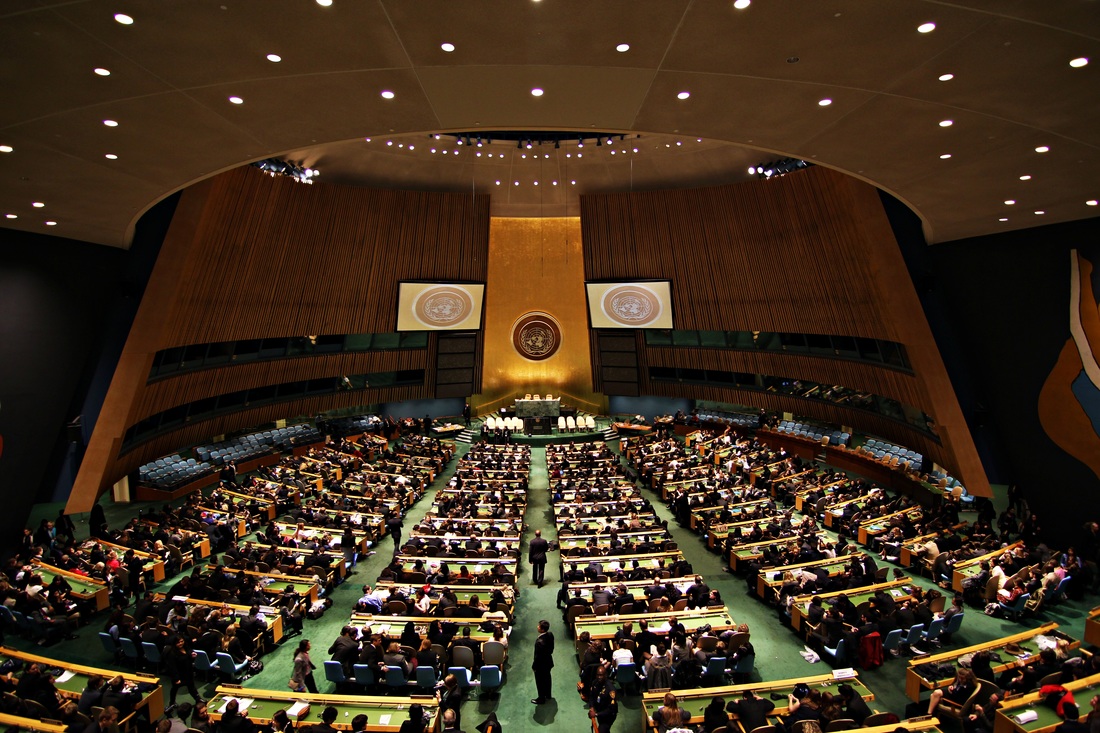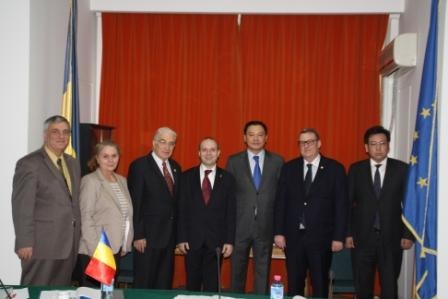
The European Council on Tourism and Trade salutes the 70 years anniversary since the United Nations Organization Charter was signed in San Francisco on 26 June 1945, this being a fundamental, seminal document for the political organization of international relations after the tragic experience of the Second World War.
Despite the huge challenges and multiple transformations that the international community has gone through during these past 7 decades, the UN Charter proved to be a flexible and visionary document, dedicated to maintaining peace and preventing a new world war.
“During the 70 years, the relevance of the UN Charter was highlighted by geopolitical changes in international relations.
However, the conditions imposed by the dynamics of decolonization, by the Cold War implications and by economic globalization proved the value of this founding document, as it has helped promote human rights, democracy and the rule of law.
The evolution in the number of UN members – from 51 founding members to 193 today – speaks for itself about the topicality and importance of the Charter, which allowed the UN to strengthen its universal vocation and its legitimacy on the three action pillars: international peace and security, development and human rights and its status as the most comprehensive international cooperation organization and the main source of international law,” stated European Council on Tourism and Trade President Office in his statement.
Celebrating 70 years since the signing of the UN Charter provides the European Council on Tourism and Trade the opportunity to reiterate Europe’s commitment – to the goals and values of the world organization and its constant respect for the actions of institutions in the UN system, as the main global cooperation framework between topics of international law and the codification of international law rules
European Tourism and Trade Council President (Professor Dr. Anton Caragea) and European Tourism Academy Director-Dr. Mircea Constantinescu in the center of the ambassadors presents on the venue of 2015 United Nations Day.
The UN Charter is not solely the result of multilateral deliberations and negotiations at the Peace Conference in San Francisco in 1945. Its adoption was the result of a long development process, held for most of the war, spurred by the Allies’ political vision of the UN, as they envisaged as a fundamental instrument of postwar order that would take into account the successful experiences and failures of the Society of Nations, the new geostrategic configurations and, especially, the all the values of the Western civilization, values which had so deeply been disturbed by the war.
The Joint Statement of the US President and the Prime Minister of Great Britain, signed on 14 August 1941, and known as the “Atlantic Charter”, had already established a set of basic principles that would be reflected in the forthcoming UN Charter, including collective security, the mechanisms of peaceful settlement of disputes and the economic and social cooperation framework.
Even then, these principles manifested their force of attraction for countries on all continents, as countries rallied to the Allies’ common cause, and served to isolate the aggressor states and fascist ideology.On 1 January 1942 the United Nations Declaration, signed in Washington by the 26 belligerent powers, was an official statement of support for the future UN Charter. Subsequently, 21 other states signed the Declaration, forming the configuration of the founding members of the world organization.
Then the Joint Four-Nation Declaration followed, signed in Moscow in October 1943 by the governments of the United States, Great Britain, the Soviet Union and China, this being the first document whereby signatories recognize “the need to create as soon as possible in practical terms a general international organization, based on the principle of sovereign equality of all peace-loving states, open to all these countries, large or small, to maintain international peace and security.”
During 1944, in Dumbarton Oaks, Washington, following this formal commitment, the representatives of the four major Allied powers prepared a set of Proposals on the creation of General International Organization. These included most of the provisions necessary for the proper functioning of the future organization, except for the voting procedures in the Security Council.
At the Yalta Conference in February 1945, the leaders of the US, Great Britain and the Soviet Union agreed on settling the remaining divergences and assembled the United Nations Conference in San Francisco. The Conference in San Francisco began on 25 April 1945, the negotiations leading to the completion of the draft Charter on 25 June, and to its signing by delegates from 50 states on 26 June 1945. The UN Charter entered into force on 24 October 1945, this being considered official United Nations Day.

 RSS Feed
RSS Feed
